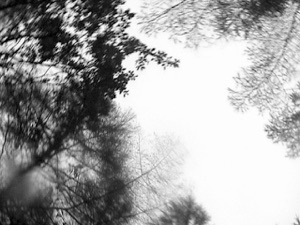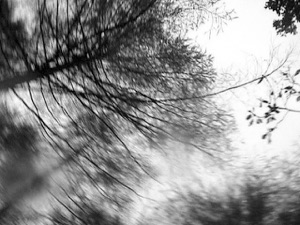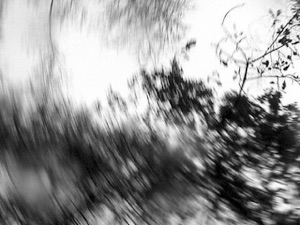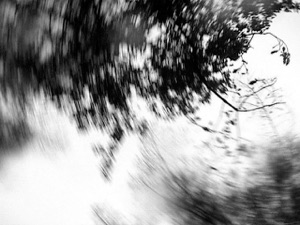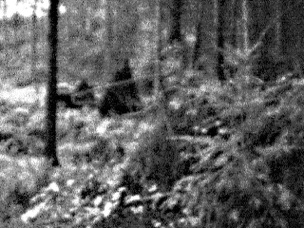THE BOGLE BO (or Bugaboo)
When I was in my prenticeship and learning of my trade,
I courted my master's daughter, which made my heart right glad.
I courted her both summers days and winter nights also
But I never could her favor win till I hired the Bogle Bo.
Day being gone, and night coming on, my neighbor he took a sheet
And straight into her room he went just like a wandering spirit.
She went (went) running up and down, not knowing where to go
But right into my bed she went for fear of the Bogle Bo.
And so my true love and me, (we both) fell fast asleep,
But ere the morn at fair daylight, sore, sore did she weep
Sore, sore did she weep; sore, sore did she mourn
But ere she rose and put on her clothes, the Bogle bo was gone.
You've done the thing to me last night, the thing you cannot shun
You've taen from me my maidenhead, and I am quite undone.
You've taen from me my maidenhead, and brought my body low
But, kind sir, if you'll marry me, I will be your jo.
Now he's married her and taen her hame, and it was but his part
She's proved to him a loving wife, and joy of all his heart;
He never told her of the joke, nor ne'er intends to do
But aye when his wife smiles on him, he minds the Bogle bo.
Note: Foggy Dew variant
printed in Lloyd's Folk Song in England. Lloyd suggests that the
mysterious "foggy dew" of later versions is a corruption of the
'Bugaboo'
